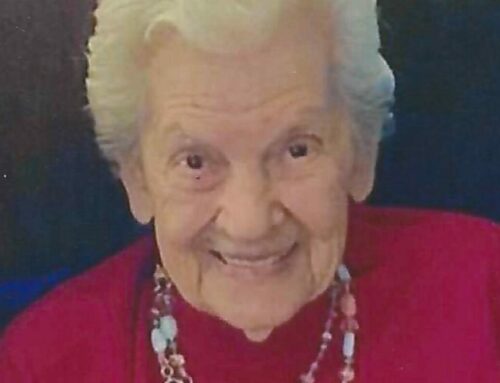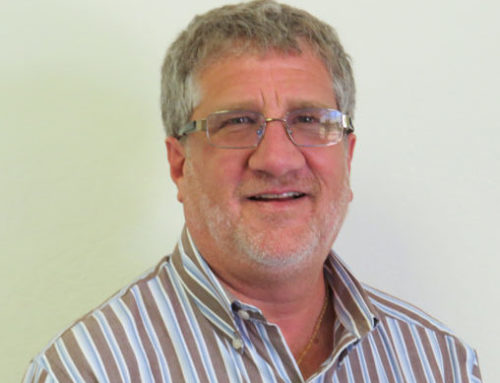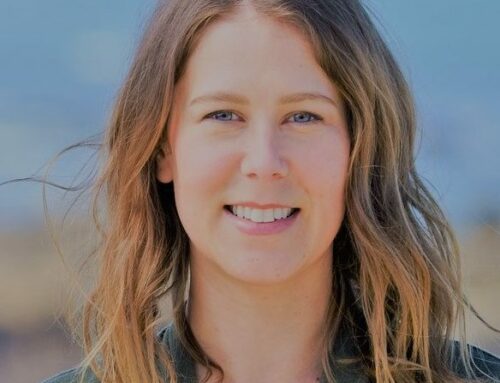Unless you have a large area in which to incorporate organic matter, rototilling is not recommended.
![]()
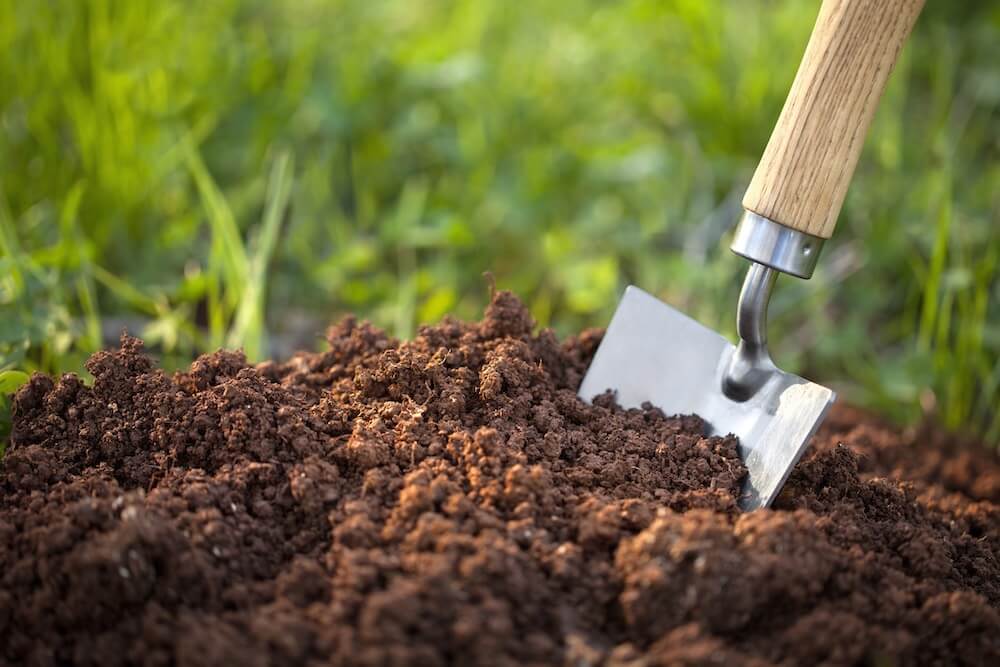
Photo courtesy Kellogg Garden Products.
Click here to learn how to test if soil is healthy
By Sharon McCray
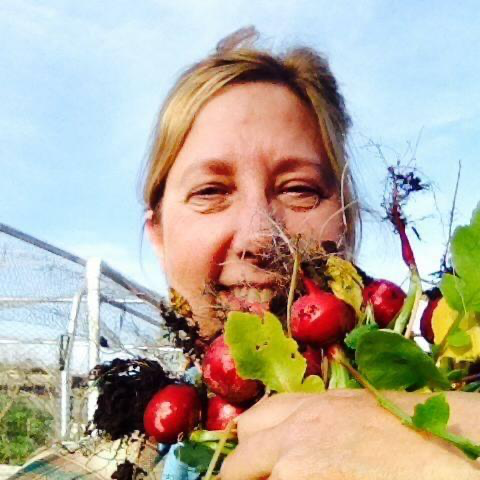
Sharon McCray
Soil is to the earth what skin is to the human body. Soil reveals a great deal about the geological, environmental and ecological history of an area.
Arid deserts, acid mountains, riverbeds and salty shores, are all an indication of weather patterns and topography. When attempting to better understand your particular soil, think about the area in which you live, its proximity to the ocean and water, including local creeks, its vegetation and distance to mountains and history. If your untilled soil is covered with both broad and narrow leafed weeds, then it is probably free of herbicides. If nothing is growing, scatter a few radish seeds and see if they germinate. If they don’t, you should have your soils analyzed for toxins.
Soil is a complicated and often overlooked topic. A critically important detail to remember is that soil is alive. It holds billions of microscopic life as well as earthworms, nematodes and bacteria that help it thrive. If it isn’t healthy it doesn’t matter what you plant. Failure is usually on the horizon.
The importance of pH is essential to understanding how to get nutrients to plants. Most of Santa Clara County soil is alkaline. Alkaline soil, measured at a pH 7.2 or higher, typically holds clay, which is important to the conversion of certain nutrients and ability to retain water.
 A high pH reading will prevent iron from moving into the vascular system of plants. This is why rhododendrons and citrus leaves turn yellow: they are iron starved. No matter how much iron fertilizer is placed on the soil surface, unless the soil pH changes, it will not be available in a usable form to your plants. Spraying iron fertilizer directly on the leaves (referred to as foliar feeding) is an efficient way to get iron into your plants. To lower the pH of an alkaline soil, add gypsum (calcium sulfate) or ground sulfur.
A high pH reading will prevent iron from moving into the vascular system of plants. This is why rhododendrons and citrus leaves turn yellow: they are iron starved. No matter how much iron fertilizer is placed on the soil surface, unless the soil pH changes, it will not be available in a usable form to your plants. Spraying iron fertilizer directly on the leaves (referred to as foliar feeding) is an efficient way to get iron into your plants. To lower the pH of an alkaline soil, add gypsum (calcium sulfate) or ground sulfur.
There is much debate about rototilling. Unless you have a large area in which to incorporate organic matter, rototilling is not recommended. Orchardists use a tilling disc that scrapes the surface of the soil, breaking loose debris and weeds and allowing water to penetrate more easily.
Rototilling destroys the tilth and structure of soil and it brings dormant seeds to the surface where germination is possible. Earthworms and other soil dwelling critters are disturbed, creating an inhospitable environment for them to survive. If rototilling is on your to do list, wait at least five days after a rain. The soil should crumble when squeezed in the palm of your hand. If it forms a wet ball, it is too wet to work.
Using fertilizers has become a way of life for most gardeners. Manures are a good source of nitrogen, however, horse manure can hold excessive amounts of any medication that the animals may have ingested. Steer, goat and pig manure provide sufficient nutrients, however, depending on their diet, can also introduce undigested weed seeds into your garden and sometimes carry the E.coli bacteria and excessive amounts of urea. Because rabbits receive a processed feed, their manure can be the safest choice.
The numbers on the fertilizer bag represent NPK. Respectively, nitrogen is necessary for green and vigorous growth. “P” stands for potassium which is primarily used for fruit and flowers. Potash, or “K” is helpful for healthy root growth. A 10-10-10 fertilizer is considered balanced. If the numbers on the container total more than 20 the likelihood that the product is synthetic is pretty much guaranteed. Your plants won’t know the difference.
The best soil reference is “Start with the Soil” by Grace Gershumy.
Sharon McCray is a California native living in Santa Clara County since 1959. She became certified as a University of California cooperative extension master gardener in 1992 and a UCCE master naturalist in 2015. She hosts a monthly radio show on KKUP public radio and is now retired.


